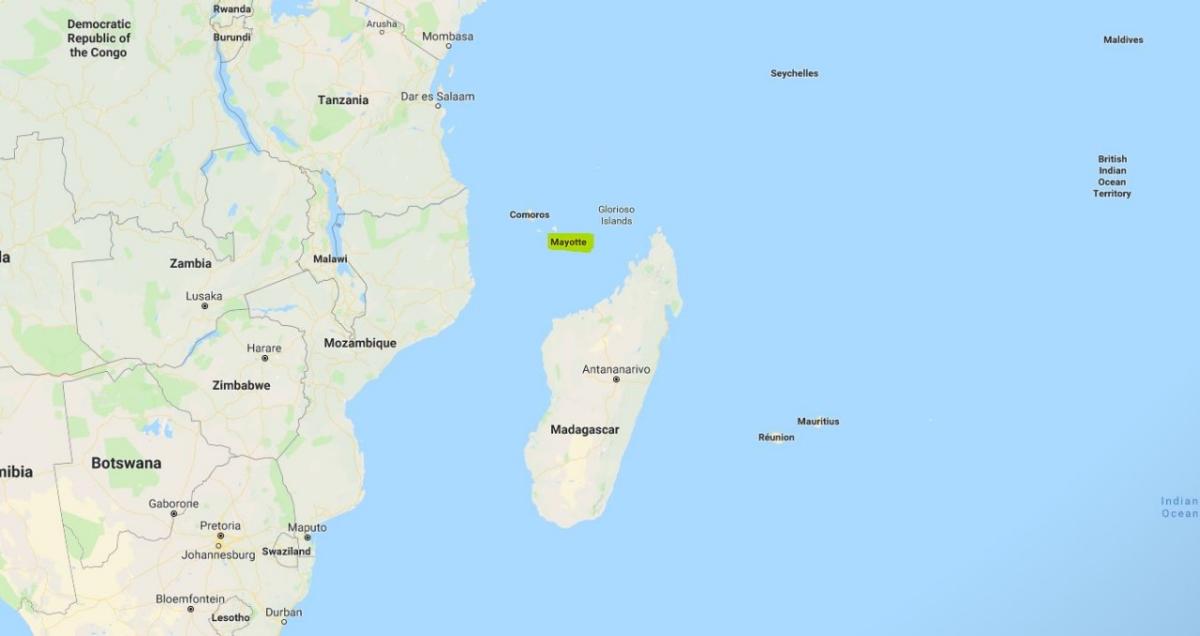A mysterious tremor that's baffled geologists worldwide might have gone unnoticed if it weren't for an eagle-eyed Kiwi earthquake-spotter.
On November 11 at about 10:30pm (NZ time), a seismic event was detected in Wellington, Kenya, Spain, Chile, Canada and even Hawaii - on the direct opposite side of the world from where it began, just off the coast of Madagascar near the French island of Mayotte.
The problem is, there was no earthquake to trigger it. And though it was strong enough to be felt by seismometers around the world, no one felt a thing - and it likely would have gone unreported if it weren't for Wellington-based Twitter user @matarikipax.
"This is a most odd and unusual seismic signal," they wrote, sparking discussion on the site as to what it could be.
It didn't take long for scientists to get stuck into the data, but what they found only raised more questions.
"I don't think I've seen anything like it," Columbia University seismologist Göran Ekström told National Geographic.
Not only was there no quake, the signal lasted for 20 minutes and was dominated by a single incredibly low frequency that repeated every 17 seconds. Quakes normally have a range of different waves of different frequencies.
"It's like a ringing bell," French Research Institute for Development seismologist Jean Paul Ampuero told Gizmodo. "If you want to get a very low frequency, a very low tone, you need that bell to be huge."
One of the leading theories at this stage is the eruption of an undiscovered undersea volcano. The problem is, scientists believe the last time any volcano in the region erupted was more than 4000 years ago, and no evidence on the surface - such as pumice - has been seen, like what happened following a huge undersea eruption off the coast of New Zealand in 2012.
- The Tongan volcano island giving scientists clues to Mars
- Watch Auckland get wiped out by undersea volcanic eruption
But UK seismologist Jamie Gurney noted on Twitter that eruption didn't produce signals like this one.
"I have no idea if a similar global signal of this nature has ever been observed."
A closer analysis of the wave data also revealed almost-undetectable high frequencies "pings" often heard when magma fractures rock on its way up - but there's a problem.
"They're too nice; they're too perfect to be [natural]," University of Glasgow volcanology PhD candidate Helen Robinson told National Geographic. "What baffles me is how evenly spaced out they were. I have no idea how to explain that."
There's no obvious artificial source in the region, such as ocean drilling or wind farms.
- Vanuatu volcano sends 'lava bombs' into the sky
- British clairvoyant predicts 'serious earthquake' in New Zealand
French researchers have suggested there might be a huge body of magma coming up through the crust, because the island of Mayotte has shifted more than 6cm east and 3cm south since July.
Dr Ekström said it may have been caused by a slow earthquake, in which deformation can happen over the course of minutes or hours, rather than seconds. They often happen in conjunction with volcanic activity.

Another possibility that's been raised is the collapse of a massive chamber beneath the Earth's surface after magma drained out. That's the theory French researchers are leaning towards.
"It is very difficult, really, to say what the cause is and whether anyone's theories are correct - whether even what I'm saying has any relevance to the outcome of what's going on," admitted Ms Robinson.
The French plan to get to the bottom of it - literally - by surveying the ocean floor to see if perhaps an undetected volcano is down there.
In the meantime @matarikipax has been having fun with the story, suggesting Godzilla could be to blame.
At the time of writing, Newshub was unable to confirm @matarikipax's real name.
Newshub.
